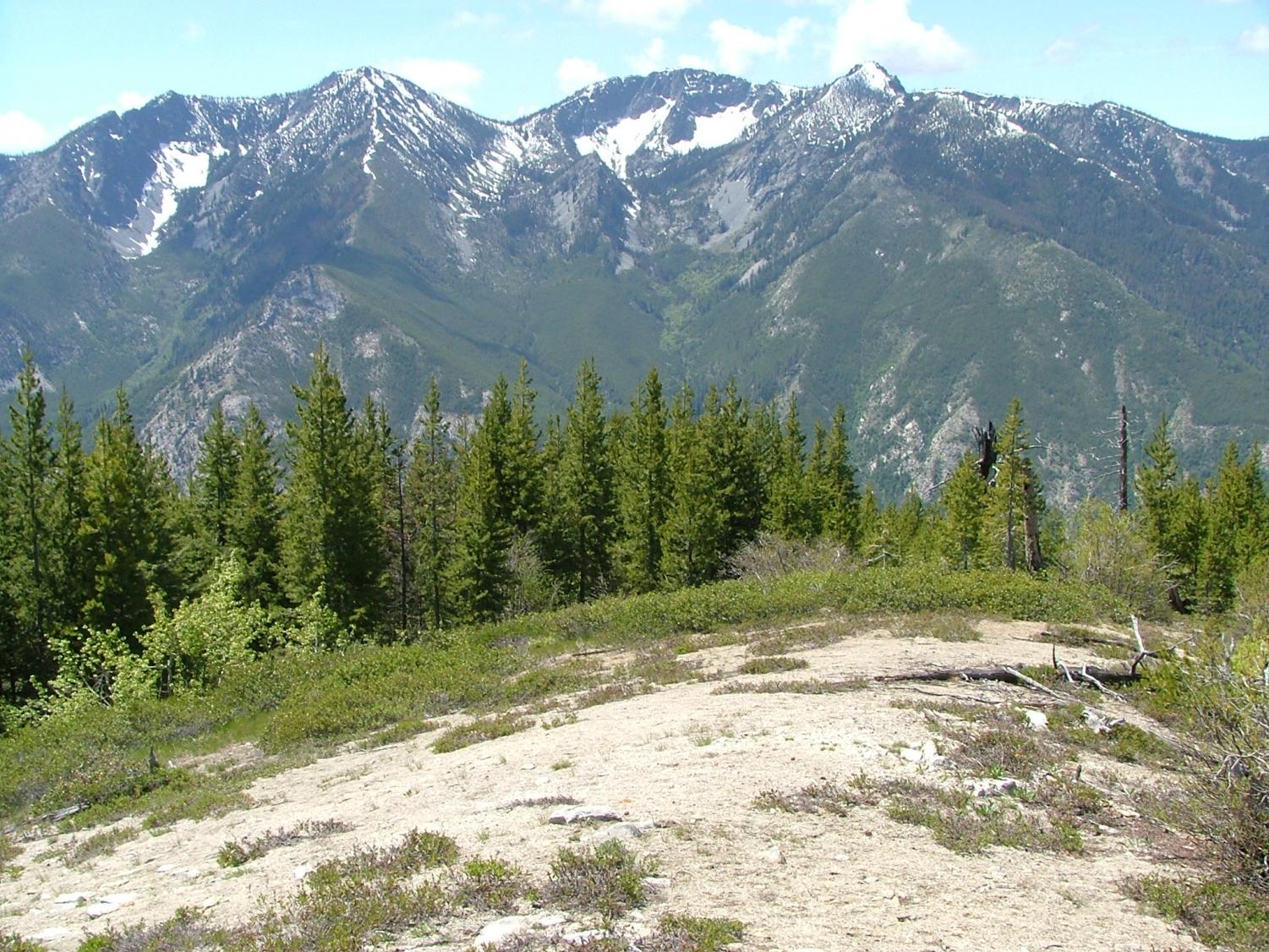Khadijah Butler is a junior majoring in English from Sacramento, CA.
Streamflow research reveals new ways to manage forest fires
Regenerated forests make forest fires more controllable
January 30, 2020
WSU’s Center for Sustaining Agriculture and Natural Resources found that the streamflow in uncleared areas remain elevated for years after a forest fire occurs.
Ryan Niemeyer, CSNAR adjunct faculty member, said he researched how the Entiat Burn affected the Entiat Forest. He said he was motivated to continue because of his family’s long history of hunting in the forest.
Over 120,000 acres of the Wenatchee National Forest were burned down on August 23, 1970. This is known as the Entiat Burn.
The short term effects of the fire were evaluated for factors including how hot the fire burned and how much vegetation was scorched, Niemeyer said.
“How long are wildfires going to affect water flow?”
Ryan Niemeyer
In 1971, the U.S. Forest Service separated the affected parts of the forest into three areas. Two areas were salvaged, re-seeded and fertilized. The third area acted as a control and was allowed to grow back naturally without human interference.
“How long is that impact going to happen for?” Niemeyer said. “How long are wildfires going to affect water flow?”
Research on the forest’s water levels began in the 1970s. The water levels were measured using weirs, which are “V” shaped cement instruments for water to pass through.
However, debris flows and landslides caused both weirs to be displaced, Niemeyer said. After seven years, the U.S. Forest Service shut down the experiments.
After those seven years, the data was no longer tracked until 28 years later. The second set of data was tracked for an additional six years by a separate research team from Oregon State University.
OSU received a grant in the early 2000s to re-instrument and measure the stream levels in the Entiat Forest. However once the research was completed, the data was never analyzed, Niemeyer said.
Once OSU’s data became available in 2013, Niemeyer said he was compelled to finish the research. His team spent five years assessing and analyzing the stream flow data. He said it was a “labor of love.”
Niemeyer’s team found that the elevated streamflows for the control area, which was left to naturally regenerate, were 22 percent higher than the other two areas in the forty years following the fire. These were the long term effects of wildfires that his research team was looking for, Niemeyer said.
“Our study showed that there wasn’t really much difference … in flow between the re-seeded and the not,” Niemeyer said.
Other studies have shown that re-seeding forests does reduce erosion, he said. However that is not what his team concluded in their research. Landslides occurred in both the re-seeded areas and the naturally regenerated one, he said.
“Having an elevated stream flow, long term, is a good thing,” he said.
However, an elevated stream flow directly following the fire means there can be more flash floods and soil erosion, Niemeyer said. This is because there are no trees to consume the water or dirt to prevent the water from flowing over the embankment.
Mike Heston, Pullman Fire Chief, said fires are not as uncontrollable in areas where it has been re-seeded, had old logs removed and new, healthy trees planted. This also leads to the forest having cleaner streams and less erosion, he said.
Trees become stressed and fight for resources when crowded in one area of a forest. This makes the trees more susceptible to diseases and bugs, he said. It also leads to more dead trees and opens the forest to more fires, Heston said.
Part of a fire department’s job is to repair any damage they make in the process of extinguishing forest fires. This includes fixing fire lines which are dug into the forest by firefighters so their vehicles can drive through the forest.
By replacing the dirt and adding grass and seeds to the fire lines, soil erosion is prevented in areas scorched by wildfires, Heston said.
Niemeyer said he will soon be conducting research on salmon. He said high streamflow can be crucial to the salmon population. The third area leads to a salmon spawning area which can also help other aquatic life, he said.



